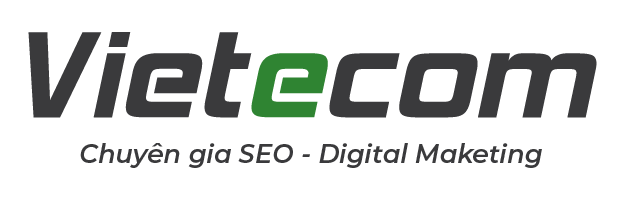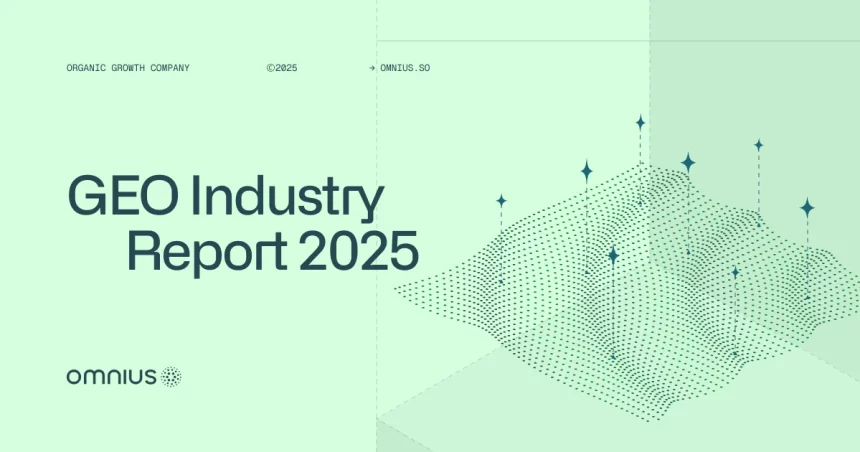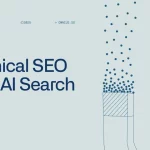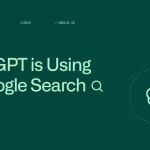Currently, the search is experiencing its most dramatic transformation since Google’s inception.
While the common debate is “SEO is dead”, a new discipline emerged alongside the traditional SEO, reshaping how content gets discovered, cited, and consumed.
GEO (Generative Engine Optimization) – the art and science of optimizing content for AI engines like ChatGPT, Perplexity, Claude and Google AI Overviews.
In 2025, it is not only a trend worth watching, it’s a competitive necessity.
AI search traffic is converting 4,4x the rate of traditional organic search.
In 2025, 58% of consumers now rely on AI for product recommendations, more than double the 25% from just two years ago.
Yet, most marketers are still optimizing for blue links instead of AI citations.
In this comprehensive GEO industry report, we’ll break down everything you need to know in 2025 – from the market adoption to the strategies that are working right now.
Let’s dive in!
What is Generative Engine Optimization (GEO)?
GEO is the practice of optimizing content to appear in AI-powered answers rather than traditional search engine results pages (SERPs).
Unlike SEO, where focus is to rank web pages in a list of search results, GEO is about making sure that your content is understood, trusted and referenced by AI, which uses the information for direct answers.
Think of it like this: Google used to be a librarian who pointed you at the right book. Now, it reads you the book and tells you the answer directly.
Here’s how GEO differs from traditional SEO:
Three fundamental dynamics separate GEO from traditional SEO:
- Retrieval models replace ranking algorithms: LLMs rely on RAG (retrieval-augmented generation) and embeddings, not just backlinks or keywords.
- Answers over clicks: Users increasingly accept summaries instead of clicking through websites.
- Content structure matters more: Clean formatting, citation-friendly statements, and factual density are rewarded.
Why GEO Matters Now: The Market Forces Driving This Shift
The urgency around GEO is real. GEO is becoming a must for any business that relies on content.
.webp.webp)
1. AI-powered Search is Going Mainstream
ChatGPT alone processes 2,5 billion prompts a day. That’s not a niche anymore.
Google AI Overviews now appear in 16% of all US searches (more than double than March 2025). When they do appear, they can reduce website clicks by 34,5%.
But here’s the interesting part: while total clicks are down, the quality of those links are way up. Traffic from AI assistants generated 12% of signups, while accounting for only 0,5% of overall traffic.
2. More Impressions, Fewer Clicks
Usually, more impressions meant more clicks. Now it’s common to see that impressions are going up, while clicks are going down, which the industry calls “crocodile mouth” effect.
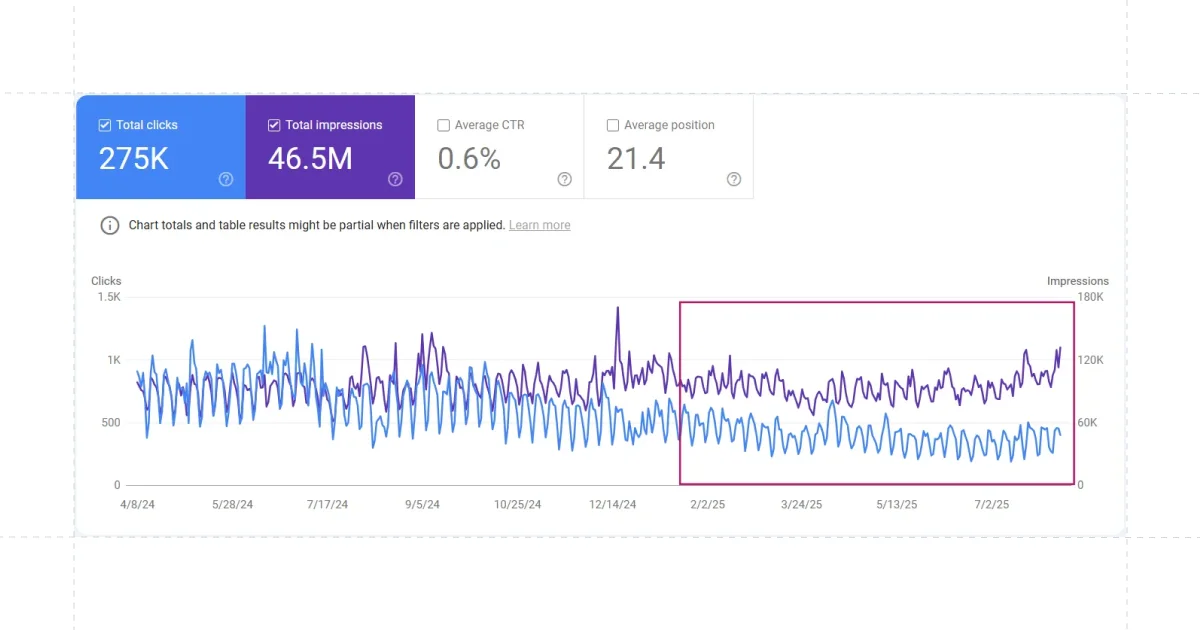
The impact is measurable:
- Average website search traffic dropped 21% over the past year.
- AI Overviews can reduce clicks by up to 34,5%.
- Zero-click searches are becoming the norm for informational queries.
3. Generational Search Behaviour is Shifting
46% of Gen Z searches more on TikTok, Instagram and other social platforms instead of Google. Even 35% of Millennials have made this switch.
Why? They want:
- Videos over articles
- Authentic user content over polished marketing copy
- Small visual information over long-form text
This isn’t just about the platforms, it’s about how an entire generation expects to discover and consume information. Users want to get exactly what they were looking for with much less effort.
The Current State of GEO in 2025
Market Size and Growth Projections
The numbers are stunning. The AI marketing industry is projected to grow from $20.4 billion in 2024 to $82.2 billion by 2030 (CAGR ~25.0%). For search specifically, GenAI search ad spending in the US will roughly double between 2025 and 2026, reaching over $25 billion by 2029.
Regional Adoption Patterns
GEO adoption can vary significantly by region:
North America: No one has more ChatGPT users than the US (16.18%). Google holds 87.3% of organic search, but AI search features are rolling out fastest here.
Europe: ChatGPT Search monthly users jumped from ~11.2M to 41.3M in EU markets by early 2025 (a 270% increase). Multi-language content and EU privacy regulations are key considerations.
Latin America: Google dominates even more strongly (~93.1% in South America) . Bing has ~4.9% and Yahoo ~1.5% there. Brazil and Mexico, the largest markets, mirror this pattern. Overall, search adoption in LatAm is growing as internet access expands; mobile search ads are a rapidly growing subset of digital budgets.
Asia-Pacific: China is developing its own ecosystem with Baidu’s ERNIE 4.5 multimodal LLM (~52% market share). Outside China, countries like India and Japan see heavy Google SGE and ChatGPT adoption.
Africa: South Africa and Morocco are listed among the countries that use ChatGPT the most.
Key Trends Shaping GEO in 2025
1. Zero-Click Answers and AI-Rich Results
More queries end with an AI answer box or summary, reducing clicks to sites. Studies showed that AI search ‘compresses the marketing funnel” by upfront giving users the information they need.
The result? Content now must serve dual purposes:
- Provide immediate value in snippet form
- Tempt users to click through for deeper engagement
Under, you can see the GEO conversion funnel and layer strategies:
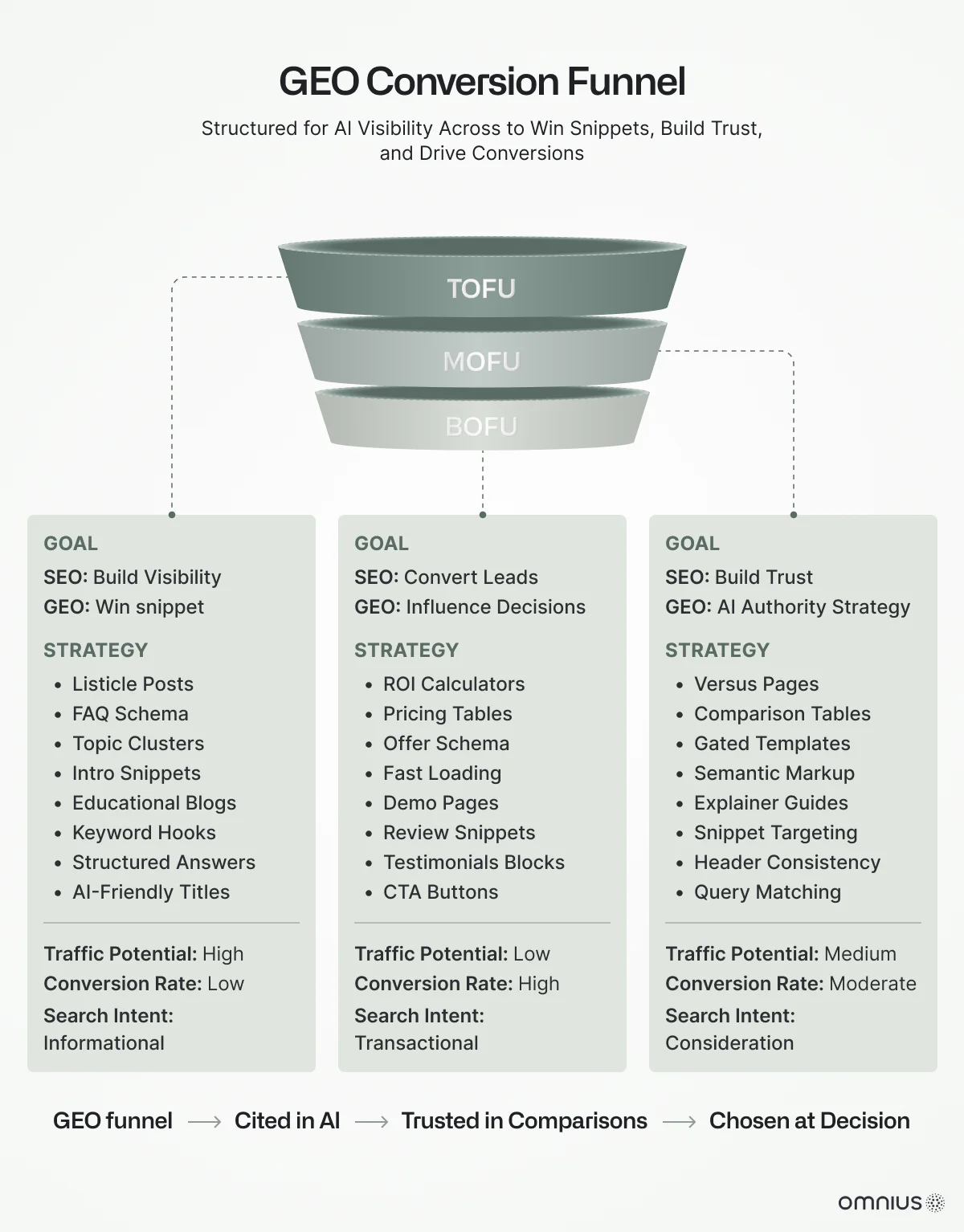
2. Brand Mentions Over Backlinks
In generative results, linking is less important. Instead, models are using brand names and key facts in their answers.
The data backs this up:
- Brand web mentions show the strongest correlation (0.664) with appearing in AI Overviews
- The correlation between AI chatbot mentions and brand search volume is 0.334 (higher than the 0.255 correlation between referring domains and organic rankings)
- Brands in the top 25% for web mentions get 10x more AI visibility than others
3. Prompt-Friendly Content Structures
Content is being rewritten to align with how prompts work. This includes:
- Concise, standalone answers for common questions
- Clear headings that mirror question phrasing
- Bullet points and numbered lists for easy extraction
- Self-contained content blocks with dense, citation-ready language
Consider the transformation at Broworks, a B2B technology services company. After implementing comprehensive GEO best practices, they achieved remarkable results: within 90 days, 10% of their organic visits originated from generative engines, with 27% of that traffic converting to Sales-Qualified Leads.
Even more impressive, visitors from large language models stayed 30% longer than Google visitors, indicating higher engagement and purchase intent.
4. Conversational Content Funnels
Search now often happens in sessions of multi-turn dialogue. Key metrics include:
- Prompt length averaging 15-23 words
- Session depths of ~6 minutes
- Follow-up question optimization
Content designed to support conversational flow performs better in AI systems.
According to the Search Arena analysis, only 19.3% of user prompts are straightforward factual lookups (averaging 17.2 words), while the majority—covering synthesis, guidance, or creative queries—are significantly longer, averaging 66.7 words
5. The Rise of GEO-Specific Tooling
A new wave of GEO-focused software has entered the market:
- Narrative BI, VectraRank, and RAGReady for monitoring LLM citations
- Semrush’s AI Toolkit for prompt testing and brand visibility tracking
- AI content detectors revealing that only 13.5% of top-ranking content is pure human-written
Semrush, one of the early movers, reported $25M in annual recurring revenue from its AI products in Q2 2025, part of a 20% YoY revenue increase to $108.9M.
To better understand data coming from LLM search engines, try Atomic.
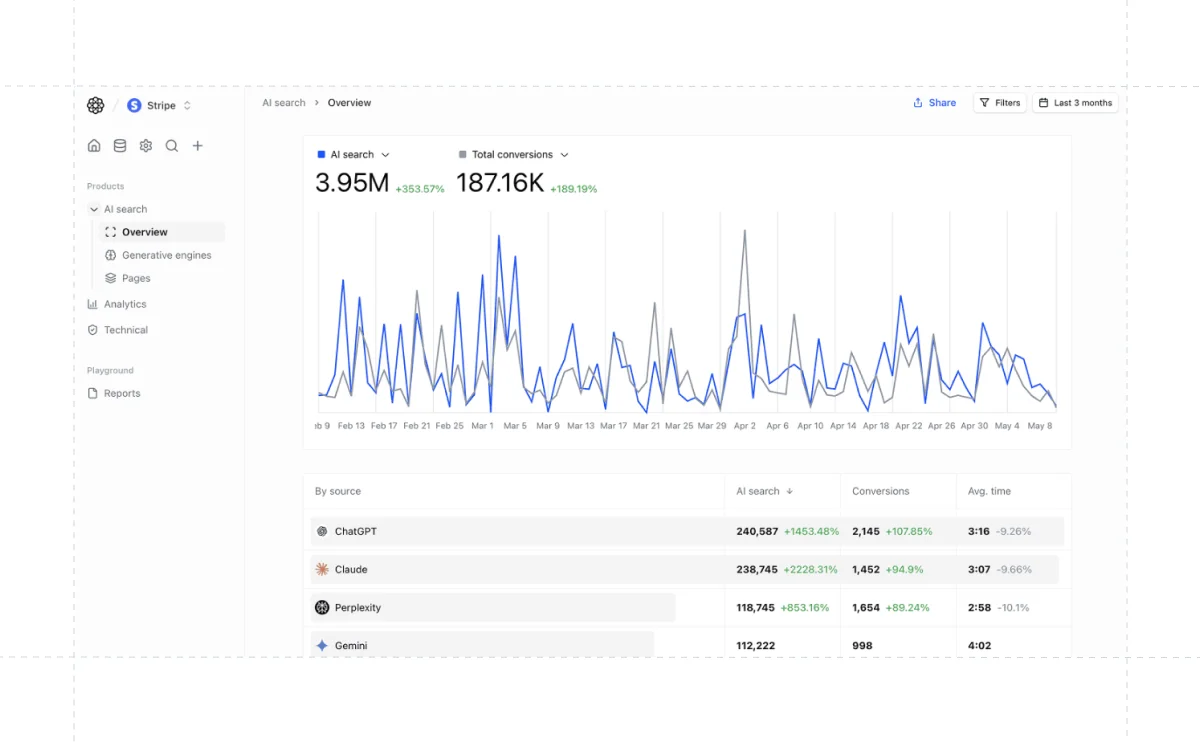
With Atomic, you can track the behaviour of users coming from ChatGPT, Perplexity, and other generative engines, and analyze which pages capture AI traffic and how it converts.
Real-World Case Studies and Success Stories
Several organizations have begun applying GEO with success. For example, web infrastructure provider Vercel reports that ChatGPT referrals now drive about 10% of its new user sign-ups. Each time ChatGPT cites Vercel’s documentation, that increases Vercel’s visibility in the AI ecosystem and results in valuable traffic.
To achieve this, Vercel needed to adapt its SEO for LLMs and AI Search using GEO strategies.
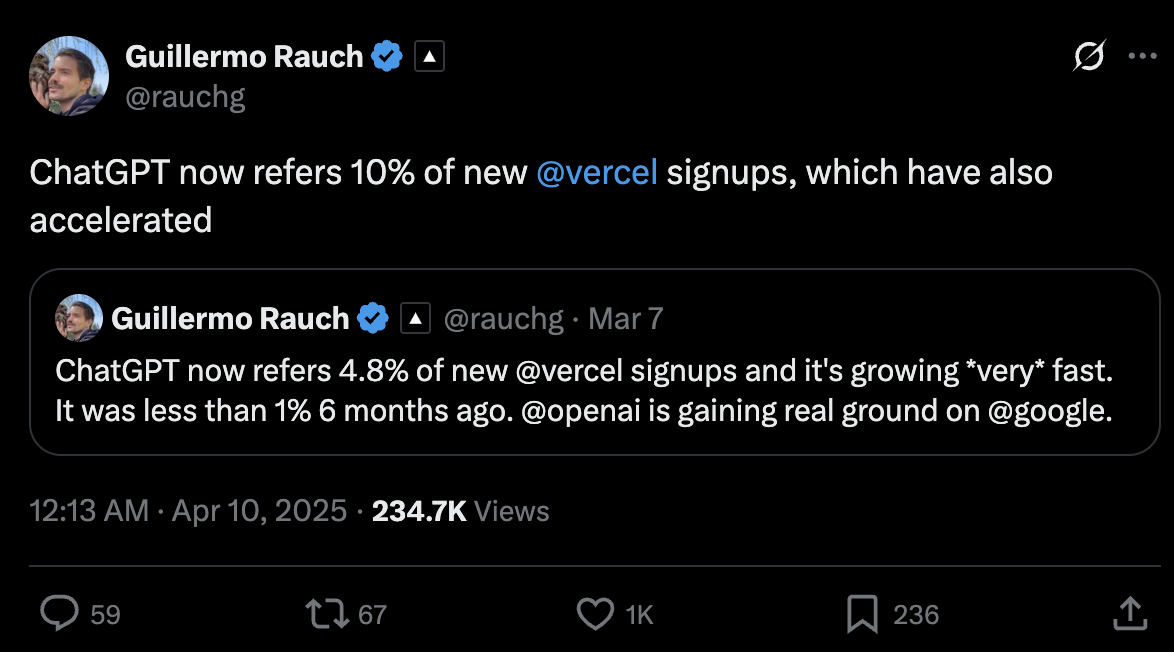
Startups and enterprise teams are also adopting AI-SEO tools. For instance, an e-commerce brand might use Semrush’s AI Toolkit to generate buyer-journey prompts like “best running socks,” then analyze where their pages appear in those AI results.
Marketers at such companies then refine content, adding clear summaries, bulleted features, and rich schema markup, so LLMs pick them as authoritative sources.
In practice, GEO success often relies on content architecture. Best practices include writing concise, self-contained answers at the top of pages (with clear headings and lists) so that AI models can quote them directly.
Providing structured data (e.g. table schemas, FAQs) and posting evergreen resources (tutorials, definitions) helps.
For example, publishers embed ImageObject schemas and Q&A blocks so that image-generating LLMs can surface their media.
The Challenges Facing GEO in 2025
1. Lack of Industry Standards
Unlike traditional SEO, which evolved around Google’s ranking signals and webmaster guidelines, GEO lacks a central rulebook. There are no official best practices for making content “retrievable” by LLMs.
This leaves content teams to reverse-engineer AI behavior through testing and tooling, often without guaranteed results.
2. Retrieval Behaviour and Attribution
Even with RAG, it’s unclear why some sources are cited while others are ignored.
Factors that may affect retrievability include:
- Content format and structure
- Hosting reputation and speed
- Update frequency and freshness
- Semantic proximity to query intent
- Authority signals and trust indicators
When AI answers are delivered, only some sites get cited while others’ work is “summarized without credit.” This creates ongoing debates about fair compensation for publishers whose content feeds AI training and retrieval systems.
3. Misinformation and Quality Control
Because generative engines use answers without direct attribution, there’s a risk of amplifying outdated or low-quality information. If low-authority content gets ingested and rephrased by an LLM, it may appear credible even if it’s inaccurate.
Strategic Recommendations for 2025
1. Design for LLMs, Not Just Human Scanning
LLMs digest structured, semantically rich content, so here’s how to improve AI visibility:
Content Structure:
- Use plain language summaries at the top of each post
- Break content into modular sections with clear headers
- Include FAQ blocks, bullet lists, and numbered steps
- Write declarative statements that can stand alone
Format for Citations:
- Start paragraphs with clear, quotable statements
- Use “According to (Source)” formatting
- Include statistics and data points prominently
- Add inline definitions for technical terms
2. Strengthen Your Authority and Digital Footprint
Inclusion in generative answers increasingly favors high-authority, high-trust content. That is also something Google has been paying more attention to lately. You can improve this by:
Author Authority:
- Publish under real experts with visible credentials
- Link to peer-reviewed sources and first-party research
- Display author expertise prominently
Brand Authority:
- Distribute content across multiple high-authority channels
- Build consistent brand messaging across platforms
- Secure mentions in authoritative industry publications
Trust Signals:
- Use recent data and updated information
- Cite authoritative sources
- Display security badges and certifications
- Include contact information and about pages
3. Monitor Your AI Visibility
Use emerging tools to track AI-generated references to your content:
Key Metrics to Track:
- Citation rate in AI answers
- Brand mention frequency
- Reference quality and context
- Conversion from AI traffic
4. Build Topical Authority in Your Niche
Deep expertise in your niche gives you more visibility in AI overviews. The strategy:
Topic Selection:
- Pick 5-10 closely related areas where your audience needs help
- Become THE definitive resource on each topic
- Create comprehensive, interconnected content clusters
Content Depth:
- Publish original research and data
- Create detailed guides and tutorials
- Develop interactive tools and calculators
- Build extensive FAQ libraries
5. Optimize for Multiple Platforms
Your audience isn’t just on Google anymore. Follow them to other search engines and platforms:
YouTube: 70% of viewers bought a product after seeing it on YouTube
- Create how-to videos and tutorials
- Optimize video descriptions for search
- Use chapters and timestamps for easy navigation
Reddit: Now appears in 97,5% of the time in Google Search product review queries
- Participate in relevant subreddits authentically
- Create helpful, detailed responses
- Focus on threads that already rank in Google
Technical Implementation Guide
Schema Markup
Using schema markup like this is good for GEO, it structuresyour content in a way that AI engines can easily read it and cite in their answers. It increases your chances of being included in AI-generated summaries by clearly defining questions aligned with user intent.
{
“@context”: “https://schema.org”,
“@type”: “FAQPage”,
“mainEntity”: ({
“@type”: “Question”,
“name”: “What is GEO?”,
“acceptedAnswer”: {
“@type”: “Answer”,
“text”: “Generative Engine Optimization (GEO) is the practice of optimizing content to appear in AI-powered answers rather than traditional search results.
}
})
}
Content Architecture for AI
Design your content so it’s easy for AI to understand, summarize and cite. Prioritize clarity and structure to increase your chances of being included in AI-generated answers.
- Summary First: Lead with a concise, quotable summary
- Clear Headers: Use descriptive H2 and H3 tags that mirror questions
- Bulleted Lists: Break down complex information into digestible points
- Definition Boxes: Highlight key terms and concepts
- Citation Ready: Include data points and statistics prominently
Technical Requirements
Build a technical foundation that supports AI crawling and indexing. Optimize for accessibility to ensure your content is fully available to LLMs.
- Fast loading times (under 3 seconds)
- Mobile-responsive design
- Clean HTML structure
- Accessible alt text for images
- XML sitemaps updated regularly
- No blocking of AI crawlers in robots.txt
Measuring GEO Success
Track performance beyond traditional SEO metrics by focusing on visibility within AI-generated answers, brand mentions in LLM responses, and conversion impact from AI-driven traffic.
Key Performance Indicators (KPIs)
Traditional SEO metrics won’t tell the full GEO story. Track these instead:
Visibility Metrics:
- AI citation frequency
- Brand mention rate in AI answers
- Share of voice in AI responses
- Reference quality and context
Engagement Metrics:
- AI referral traffic quality
- Conversion rate from AI sources
- Session depth and duration
- Return visitor rate
Authority Metrics:
- Expert byline mentions
- Authoritative source citations
- Cross-platform brand consistency
- Trust signal strength
Future Outlook: What’s Next for GEO?
By 2028, industry analysts project that AI-driven search could dominate, with LLM-sourced visits potentially overtaking traditional organic search.
Technology is evolving fast. AI systems will become increasingly multimodal, understanding image, video and audio besides text. We can expect real-time retrieval, better source attribution and more personalized AI search results.
Content strategies will need to adapt. The focus will shift and originality and engagement will be key to standing out.
Business models are also changing:
- New attribution and compensation models for publishers
- AI licensing deals becoming standard
- Citation monetization opportunities
- Subscription models for AI-visible content
Preparing for the Next Phase
- Invest in content quality over quantity
- Build authentic expertise and authority
- Experiment with new AI platforms early
- Develop AI-first content workflows
- Monitor regulatory changes affecting AI search
Conclusion
AI Search isn’t replacing traditional search overnight, but it’s creating a parallel line that’s growing rapidly. Companies that adapt early will have a significant advantage. Those who wait may find themselves invisible in an increasingly AI-driven world.
The key takeaway?
Don’t abandon SEO, evolve it. What made content successful in traditional search still matters. But now you need to optimize for both human readers and AI systems.
The future of search is already here. The question isn’t whether to adapt to GEO, it’s how quickly you can get started.
Schedule a 30-minute session and discover how Omnius can elevate your visibility in AI-driven search results!
Nguồn: omnius.so
